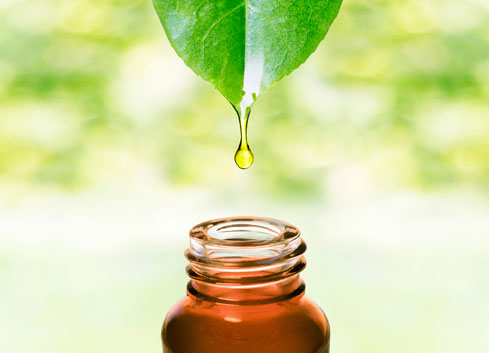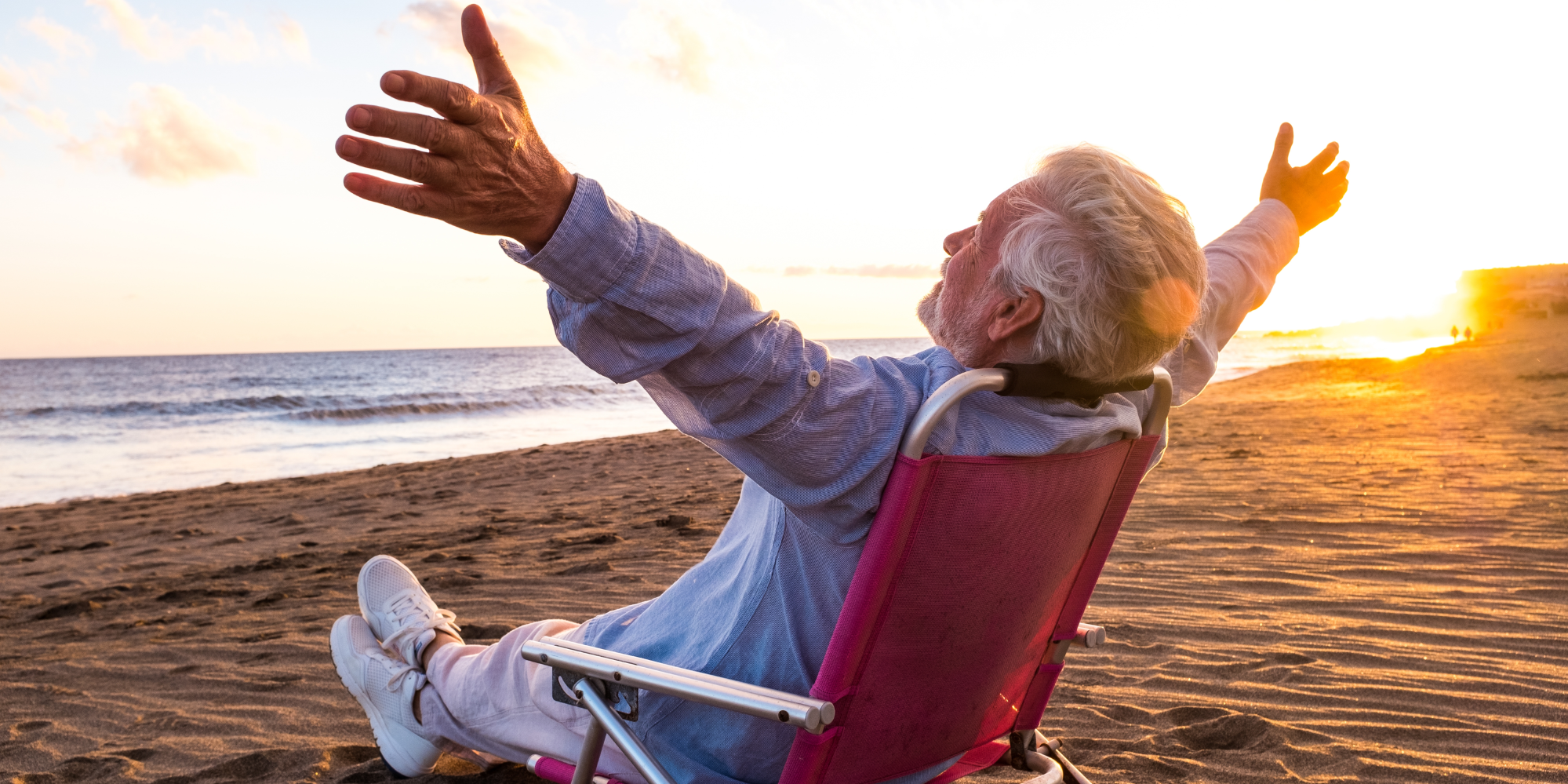
Can sun-damaged skin be reversed?
June 8th, 2021Here comes the sun! It’s that time of year when sun-worshippers cook like sausages, the fair-skinned look even paler from layers of hard to rub in suntan lotion and the fake tanned reveal their orange hands, elbows and knees.
In this article, we are asking the question, can sun-damaged skin be reversed?
I have some good news for you.
Vanity gave me premature ageing skin…
I’m guilty of lying and walking in the hot Mediterranean sun for long periods, kidding myself that because I tanned well I didn’t need to use much suntan lotion.
Now, I feel regret because I have sun damaged, premature ageing skin just about everywhere apart from my bum and boobs! I remember frying my knee caps and belly by stupidly using baby oil instead of suntan lotion when I was on holiday trying to achieve a better tan than those around me at the swimming pool. Vanity has damaged my skin and I wish I had listened to those who warned me about the dangers of sun-worshipping.
Skin sun damage starts when we are young…
Sun damage to the skin starts at a young age but doesn’t reveal itself until many years later. Too much exposure to the sun’s UV (ultraviolet) rays can break down collagen and elastin fibres. The fibres that we need to keep our skin smooth and tight, the same fibres that we produce less of as we age. In conclusion, too much sun exposure and the depleting production of collagen and elastin as we age results in photoaging and crepey skin.
Photoaging and crepey skin…
Photoaging or photodamage is the term used to describe how repeated sun exposure prematurely ages the skin causing DNA changes to skin cells resulting in wrinkles. It can cause skin pigmentation changes, age spots, freckles and a decrease in skin elasticity. As we age we produce less natural oils, oils that are needed to seal moisture into the skin preventing it from drying out.
Photoaging causes crepey skin, much like the crepe paper we would use at school to make creative art collages. If you remember, the multi-coloured crepe paper felt weird and was almost impossible to smooth out.
‘Crepey skin’ is a recognised condition, the skin looks and feels dry and made a lot worse by sunburn from overexposure to UV rays. You can see the instant damage to cells and blood vessels in the skin when you get sunburnt and this can result in the leathery skin texture that you see on people who spend a large majority of their time outside. The severity of sunburn (first-degree burns) depends on the type of skin type and time in the sun. Thankfully, awareness of sun-damaged skin has increased, the younger generation are well educated about it. It is really important to protect your skin from UV rays because 65% of cancerous melanomas are caused by sun rays. Please visit your doctor if you have concerns about moles on your body.
link for photoaging: https://www.verywellhealth.com/photoaging-sun-ages-skin-1069365#:~:text=Photoaging%20refers%20to%20skin%20damage,the%20dermis%2C%20and%20subcutaneous%20tissue.
Link for moles: https://www.skincancer.org/skin-cancer-information/melanoma/melanoma-warning-signs-and-images/
Link for crepey skin: https://www.healthline.com/health/crepey-skin#causes
Can sun-damaged skin be reversed? I read what the experts say.
It’s good news!
According to dermatology specialists Dr Susan Bard and Dr Hadley King, it is possible to partially reverse some types of sun damage on your skin. If you have wrinkles, fine lines or other characteristics of sun damage a dermatologist can help you smooth out your skin. Specialists use lasers, chemical peels and certain topical medications to treat or destroy sun-damaged skin.
Factional Laser Treatment (Fraxel)
During factional laser treatment, the lasers heat small areas under the skin which encourages regrowth of collagen that supports the skin and smooths out wrinkles from the inside out.
Ultrasound treatment (Ulthera)
Ulthear is a skin tightening procedure using targetted ultrasound. Heat breaks down some of the cells and stimulates the growth of collagen to tighten skin. The treatment uses concentrated ultrasound waves to create heat deep within the dermis and SMAS muscle.
Fillers (bio stimulatory filling agent)
Fillers improve the appearance and texture and thickness of the skin. It is injected into the skin and stimulates collagen growth. The fillers help sunken or sagging skin, they create structure and volume and stimulate the skin to produce collagen.
Chemical peels
Chemical peels improve the appearance of sun-damaged skin by using a solution to remove the outer layer of old skin. The new skin that replaces it is usually smoother and less wrinkled in appearance.
Topical medications
Prescription creams such as tretinoin are frequently used for sun-damaged skin. Most dermatologists recommend applying tretinoin cream or gel daily. Talk to your doctor or chemist to find a cream that is appropriate for your skin type.
For more information on Tretinoin: https://www.forhims.com/blog/using-tretinoin-for-sun-damage#:~:text=Tretinoin%20is%20frequently%20used%20as,skin%20healthy%2C%20hydrated%20and%20soft.
Don’t stay out of the sun…
Overexposure to the sun’s rays is bad for you but there are great benefits to be had from being in the sun too, physically and mentally. The sun is mood-lifting, it triggers the release of serotonin in the brain which helps keep you calm and relaxed. Without that release people can become depressed and develop the condition SAD (seasonal affective disorder).
Experts recommend that people should expose themselves to sunlight for 5 – 15 minutes a day for it to be beneficial. Even though too much sun puts you at high risk of skin cancer, a balanced approach can help reduce the risks of certain cancers. Other benefits are:
- The sun encourages the body to produce Vitamin D which is good for the skin and bone health
- The sun can help to heal psoriasis, eczema, jaundice and acne
- The sun can also help relieve the symptoms of arthritis, lupus and bowel disease
Like a lot of things in life it’s about getting a balance when it comes to exposure to the sun. Looking after yourself is really important and here are the best things you can do to help prevent sun-damaged skin:
- Always wear sunscreen when you are outside, one with an SPF (sun protection factor) of at least 30. Apply it 20-30 mins before you go outside and renew every 2 hours. You should wear sunscreen even if you are sitting in the shade or swimming in the water. Women should wear SPF lotion under makeup
- Avoid the midday sun when the UV rays are at their strongest normally between 10 am and 3 pm
- Apply more sun lotion when you get out of the sea or swimming pool
- Wear protective clothing including hats to stop the scalp from burning
- Wear sunglasses to protect the eyes
- Avoid using sunbeds
- Apply extra cream on large moles or scars
- If you get sunburn, take a cold shower to cool the skin down and apply an aftersun product
- Keep your skin moisturised
- Have a good skincare routine every day
- Use exfoliants to remove dead skin
- Drink plenty of water to hydrate your skin
- Eat a diet high in antioxidants
It’s never too late to adopt a good skincare regime, beautiful skin requires commitment, not a miracle. We recommend our products:
Curaderm (BEC5) cream – BEC5 cream, also known as Curaderm, is an effective, convenient and non-invasive treatment for non-melanoma skin cancer. Curaderm cream is particularly potent when used to treat basal-cell carcinomas (BCC) and squamous cell carcinomas (SCC), although it is also effective on benign tumours such as sun spots, age spots, Keratoses and Keratocanthmoas.
Find out more here: https://www.antiaging-systems.com/products/curaderm-bec5/
Youth Gems day and night cream – the cream provides resilience against skin ageing helping to improve blood supply for a youthful glow and create a more elastic compliant skin condition.
Night Cream: https://www.antiaging-systems.com/products/youth-gems-night-cream/
Day Cream: https://www.antiaging-systems.com/products/youth-gems-day-cream/








